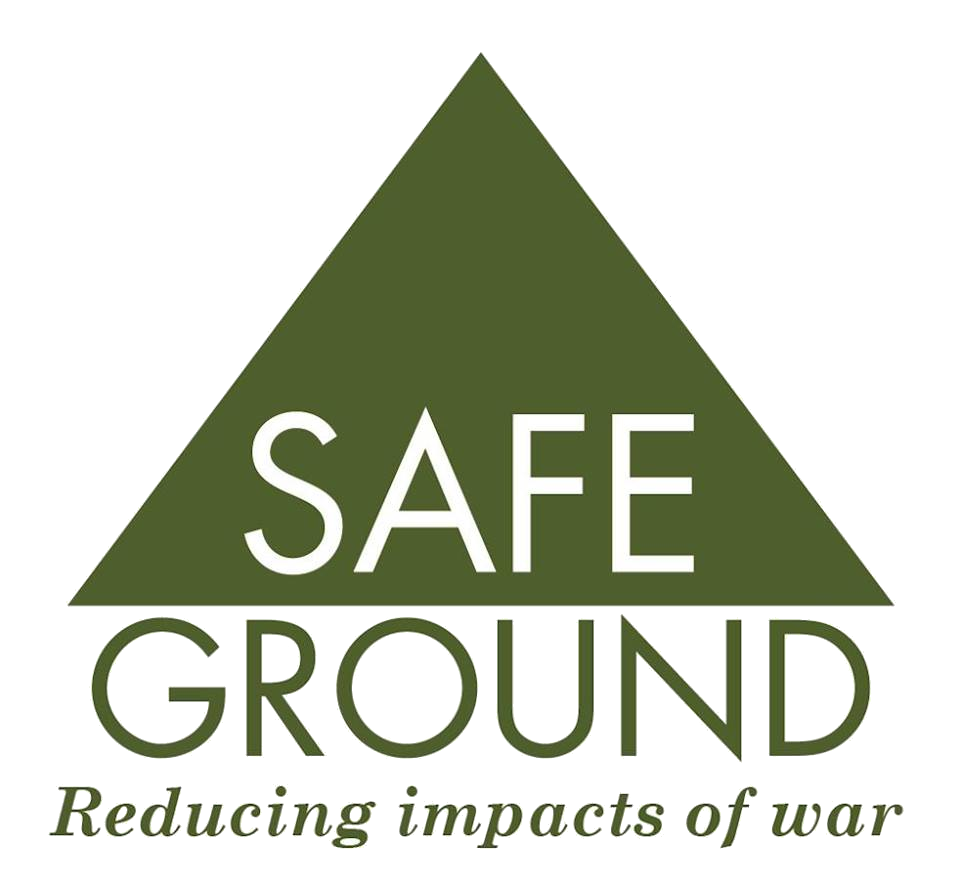By John Rodsted
On a sultry Sunday afternoon, a group of people gathered in a public park for a BBQ. The BBQ was to raise money for charity.
The day was hot and humid as they built a fire on the ground. The sky was threatening with rolling clouds, ominous signs of a possible tropical downpour. In the Solomon Islands you can almost set your watch by the time an afternoon storm will wet the land down.
The fire was going well as the 30 attendees crowded around ready for the cook up. The skies darkened then split with a deafening roar. The heavens opened with the first clap of thunder, then rain came pouring down.
People scattered in all directions seeking shelter from the rain knowing it would be short and fast and over very soon. The BBQ celebration would then resume.
A few people braved the downpour and tended the fire. The food would be ready when the rains stopped and sizzling seafood and meats would tempt all back to the gathering.
The final few stayed by the fire, laughing and joking, not letting a drenching halt their event. More thunder clapped and the wind howled. A massive crack rang out and all eyes looked skyward but this was not the source of that clap.
The fire had exploded and smoke rose from where the few were standing. No one was standing now. A howl of panic rang out and people ran to find carnage. A crater was now where the BBQ had been and four bodies lay at different distances to it.
At first glance, one was already dead, bloody, lifeless, mutilated. Another three were screaming in shock and gore as they tried to seal holes ripped in their bodies, fingers clawing at the holes, minds not comprehending what had just happened.
In the chaos, bystanders, taxis, medics, and police all play their parts in getting the injured to care. Confusion is left behind along with the crater and carnage and an eerie calm descends over the park.
The first police on the scene call for higher instruction and a vehicle from Hell’s Point arrives. These are the Royal Solomon Island Police Force EOD team. EOD meaning Explosive Ordnance Disposal. They are highly trained officers with the dark speciality of bomb disposal and defusing.
Gently they approach the scene looking in all directions for both clues and danger.
There is a single crater. Debris fans out from this hole. The hole is measured, width, depth, a metal detector is swung and twisted bits of metal retrieved. The verdict is quickly and accurately determined. A 105 mm artillery shell had exploded causing this destruction.
This shell had not been fired by a terrorist but had lain buried in this park on the edge of Honiara since 1942. Then it was not a park but the epicentre of the opening salvoes of World War 2 when the United States Marine Corps came face to face with the Imperial Japanese Army for the first time on land.
The fighting was fierce and bloody as the Japanese Forces were dislodged from this area and slowly squeezed west along the coast until they hit the western tip of Guadalcanal and off to the next islands. The smoke cleared.
Honiara, the now capital city of the Solomon Islands, didn’t exist back then. It grew in situ around the asset both the Americans and Japanese wanted during the war, the new airfield. People came, businesses developed and housing began stretching along the coast and back into the hills, all of this being built over the battlefield.


The early days of Honiara were chaotic with a great amount of misfired and new munitions lying about. At the end of the war in 1945 the remaining US troops were tasked with getting rid of what munitions remained before they could return home. This job was speedily undertaken and most were out of there within a year. Extensive clearance had not been executed.
The 105 mm artillery round that exploded on Sunday 9 May 2021 had been just below the earth’s surface since 1942, full of explosive, ready, waiting for an innocent act to unleash its destructive power. That act came in the way of friends having a BBQ. Raziv Hilly was 29 years old, a community leader and engineer when the last thing he did was poke a fire and all hell broke loose. Here he lost his life. Two of his friends are in a critical condition and another has lesser wounds.
The Pacific is still greatly contaminated by munitions from WW2 that either failed to detonate or were abandoned as the war moved on up the road. That doesn’t make them now safe, just ready.
Is this an isolated incident and will it happen again? Of course it is not isolated and it will definitely happen again. The only difference is it might be on a remote beach or island from where the news will never escape.. Another dead villager to join those who went the same way before.
World War 2 ended 76 years ago. Let it be ended once and for all now. The world’s wealthy nations must donate real budgets to create large-scale and meaningful clearance teams to deal with this legacy that spreads from a BBQ site in Honiara across the Pacific Theatre of War to Tokyo. Clear the problem of old munitions up once and for all, the end, and relegate this sorry chapter of our human history to the back pages of a dusty book where it belongs.
Enough carnage for the people of the Pacific Nations. Please write to your politicians and demand it so.
John Rodsted acts as SafeGrounds Pacific Islands Program Coordinator and was a part of the Nobel Peace Prize winning International Campaign to Ban Landmines. With over 25 years of experience working in mine action, John is both a member and official photographer to the International Campaign to Ban Landmines.

Recent Comments